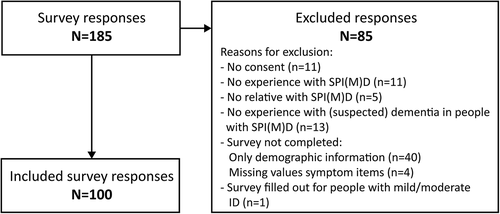Figures & data
Table 1. Characteristics of respondents.
Figure 2. Respondents’ observations of cognitive and activities of daily living (ADL) changes in people with SPI(M)D since the onset of (suspected) dementia. Per item, the proportion (%) of decrease, unaltered, unaltered/never shown (i.e., unaltered for some persons, never shown for others), never shown and unknown are presented within each bar. From left to right, items are ordered from highest to lowest percentage of respondents observing a decrease (increase for losing objects) since (suspected) dementia. References: 1, (Alzheimer’s Association, Citation2021); 2, (Dekker, Wissing et al., Citation2021).
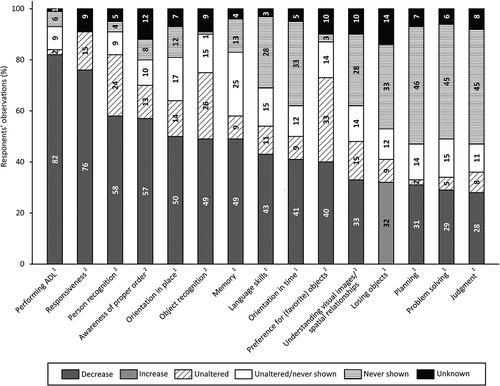
Figure 3. Respondents’ observations of behavioral and psychological changes in people with SPI(M)D since the onset of (suspected) dementia. Per item, the proportion (%) of decrease, decrease/increase (i.e., decrease for some persons, increase for others), increase, unaltered, unaltered/never shown (i.e., unaltered for some persons, never shown for others), never shown and unknown are presented within each bar. From left to right, changes are depicted from most frequently reported (either a decrease, an increase or a combination of both) to least frequently reported. Behavioral and psychological categories are provided in accordance with the sections of the BPSD-DS II (Dekker, Ulgiati et al., Citation2021).
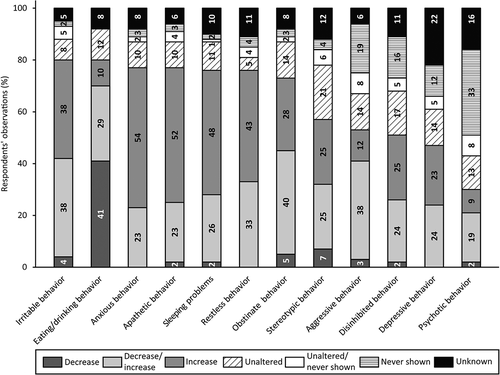
Figure 4. Respondents’ observations of motor changes in people with SPI(M)D since the onset of (suspected) dementia. Per item, the proportions (%) of decrease, decrease/increase (i.e., decrease for some persons, increase for others), increase, unaltered, unaltered/never shown (i.e., unaltered for some persons, never shown for others), never shown and unknown are presented within each bar. From left to right, motor changes are presented from most frequently reported (either a decrease, an increase or a combination of both) to least frequently reported. References: 2, (Dekker, Wissing et al., Citation2021); 3, (Ries, Citation2018).
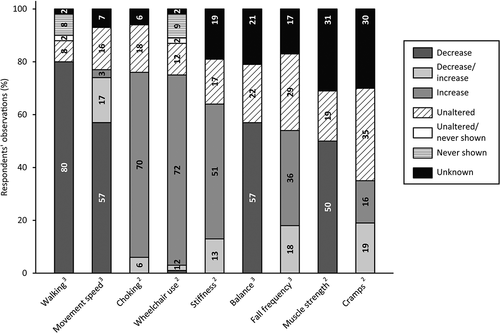
Figure 5. Respondents’ observations of changes in medical comorbidities in people with SPI(M)D since the onset of (suspected) dementia. Per item, the proportion (%) of decrease, decrease/increase (i.e., decrease for some persons, increase for others), increase, unaltered, unaltered/never shown (i.e., unaltered for some persons, never shown for others), never shown and unknown are shown within each bar. From left to right, motor changes are presented from most frequently reported (either a decrease, an increase or a combination of both) to least frequently reported. Reference: (Strydom et al., Citation2010).
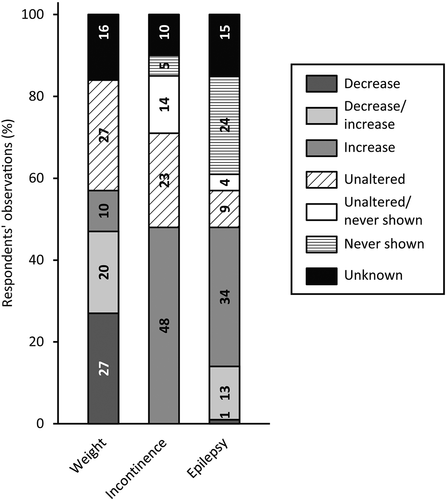
Table 2. Characteristics of interviewees.
Table 3. Symptom matrix structuring dementia symptoms in people with SPI(M)D observed by interviewees.
Table 4. Comparison of dementia symptoms in people with SPI(M)D obtained with different research methods.

